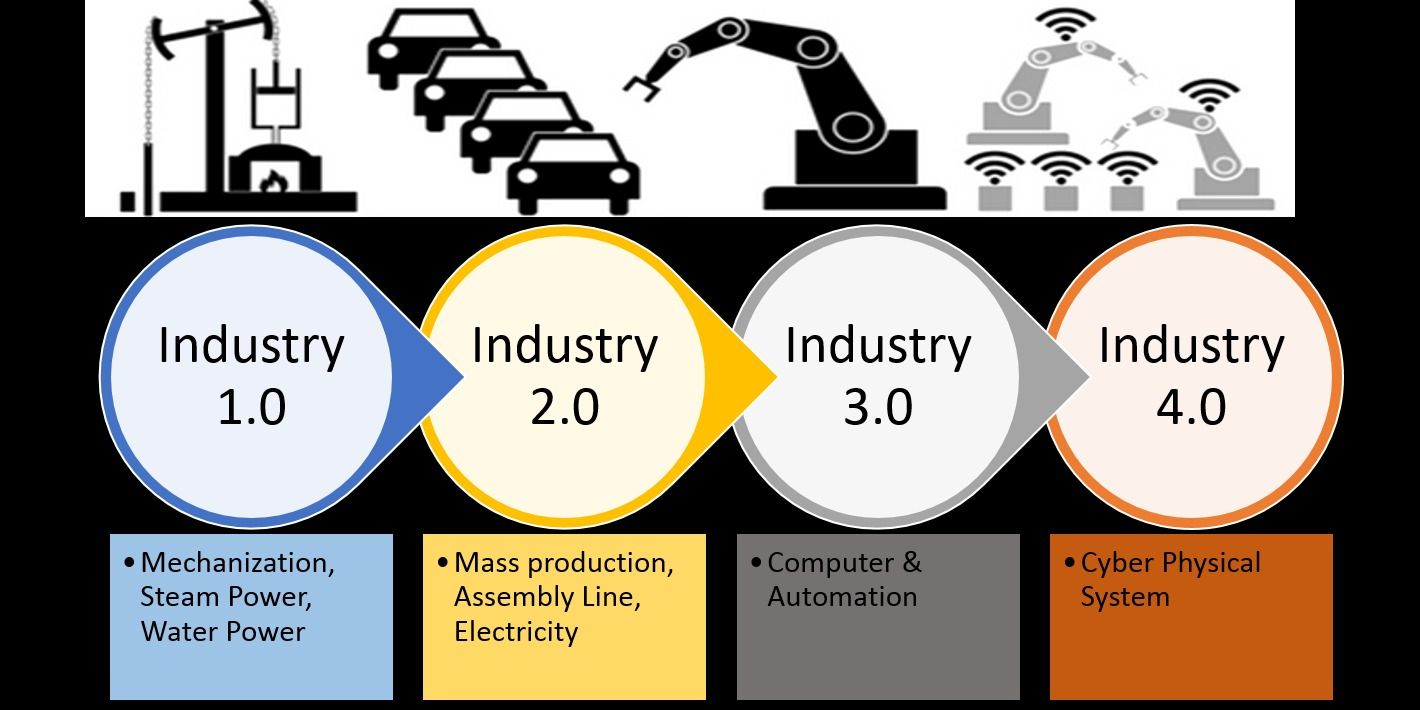In the current era of rapid advancement in Industry 4.0 and intelligent logistics, the performance demands on core material handling equipment—such as Rail Guided Vehicles (RGVs) and stacker cranes—are higher than ever. Industry consensus holds that the adoption of high-strength materials has become the key pathway to enhancing the performance of this core component, delivering significant multi-dimensional advantages for high-end industrial applications.

Advantage 1: Exceptional Load-Bearing Capacity to Meet Extreme Heavy-Duty Challenges
The core strength of high-strength materials—such as premium spheroidal-graphite cast iron and high-strength steel lies in their exceptionally high yield and tensile strength.
Performance Enhancement: For the same dimensions, motorised wheel block system made from high-strength materials offer significantly greater load capacity than those made from conventional materials, easily meeting the extreme heavy-duty demands of applications like port gantry cranes and steel metallurgy.
Design Optimization: This allows equipment designers to achieve higher load targets without increasing component size, contributing to more compact and lightweight overall equipment design.
Advantage 2: Outstanding Wear Resistance and Durability, Significantly Extending Service Life
Wear is the primary cause of wheel assembly failure. High-strength materials typically offer higher surface hardness and superior fatigue resistance.
Extended Lifespan: In practical applications, high-strength wheel assemblies—properly heat-treated—can extend service life by over 50% compared to standard products.
Cost Reduction & Efficiency Gains: Longer replacement intervals directly reduce spare parts costs and maintenance downtime, providing robust support for continuous production.
Advantage 3: Enhanced Safety and Reliability for Stable Operation
Safety is the foundation of industrial operations. High-strength materials fundamentally improve the inherent reliability of components.
Reduced Risk: Their superior structural integrity effectively prevents catastrophic failures such as cracking or deformation under impact loads or off-center loading.
Smooth Operation: Material stability ensures long-term retention of wheel geometry, preventing "rail biting" caused by uneven wear, resulting in smoother and more stable equipment operation.
Advantage 4: Enabling Lightweight Design and Energy Efficiency for Sustainable Operations
Modern industry seeks a balance between efficiency and environmental responsibility. The use of high-strength materials aligns perfectly with this trend.
Lightweighting: With equivalent strength, optimized structures can be employed to reduce overall weight.
Energy Savings: Reduced weight lowers the load on drive systems, directly decreasing the energy consumption of equipment operation, in line with the principles of green manufacturing.
Conclusion
The application of high-strength materials is transforming industrial wheel assemblies from basic components into high-performance, highly reliable key system elements. This transformation will undoubtedly lay a solid foundation for safer, more efficient, and intelligent modern material handling systems.